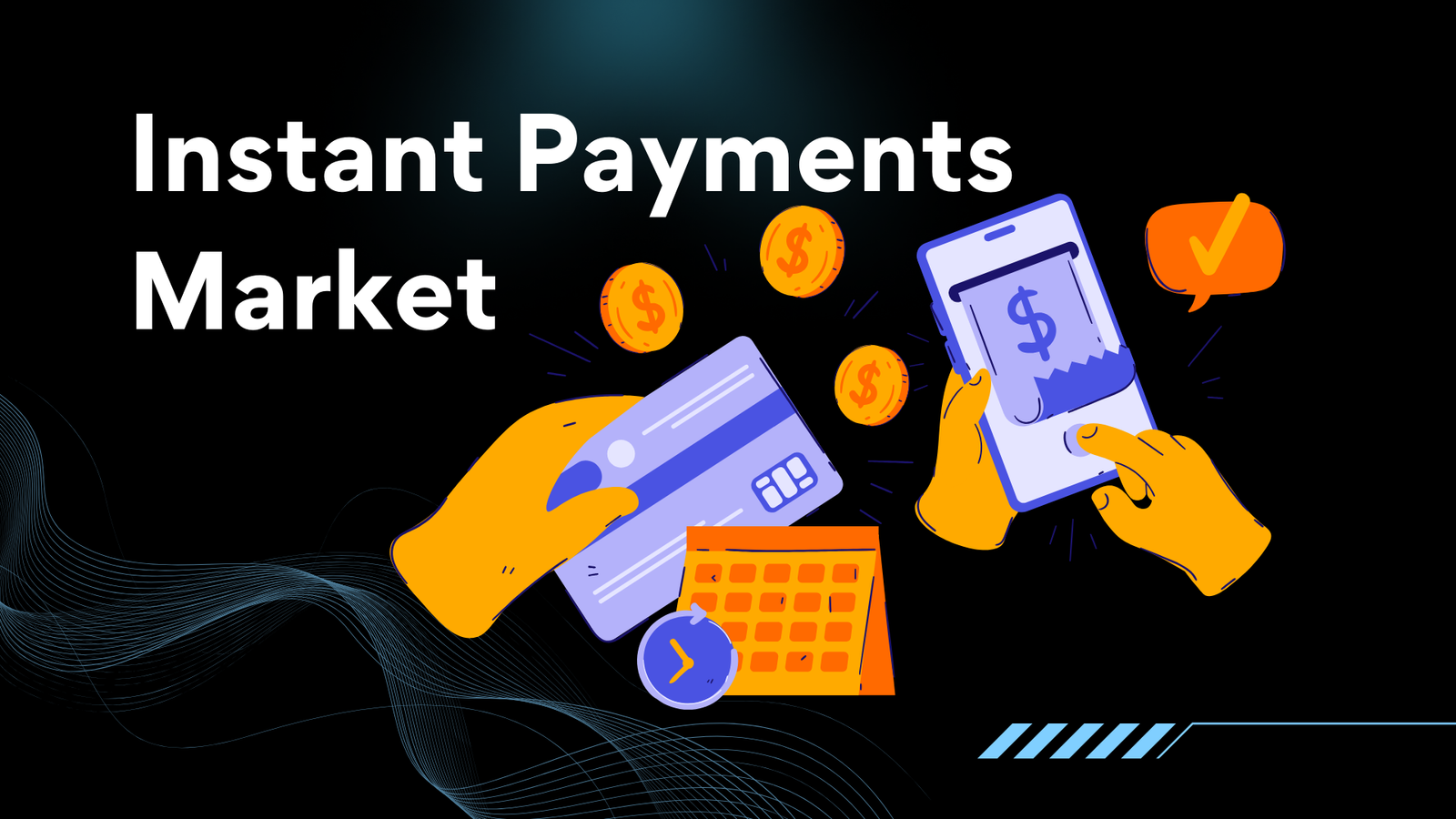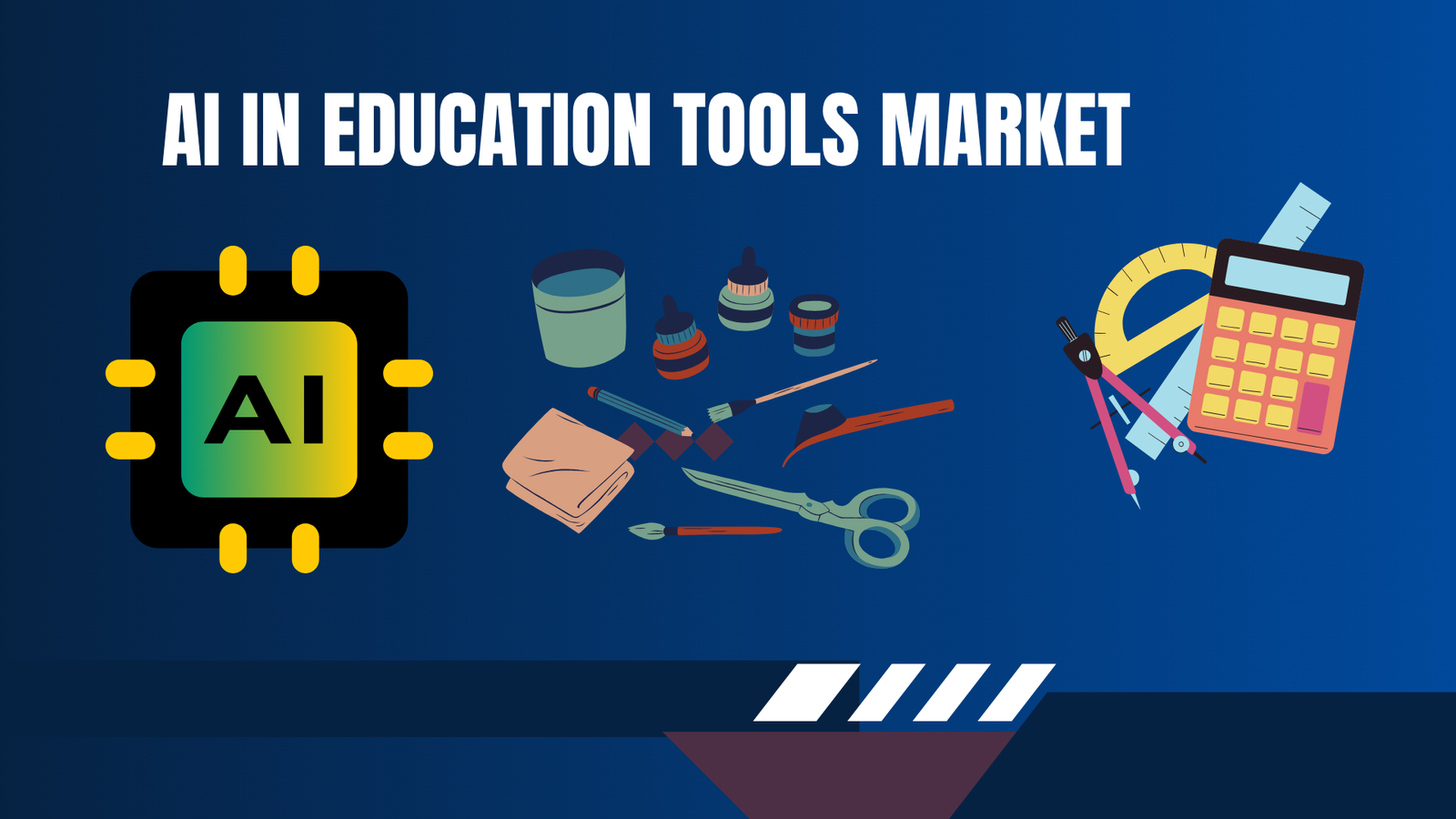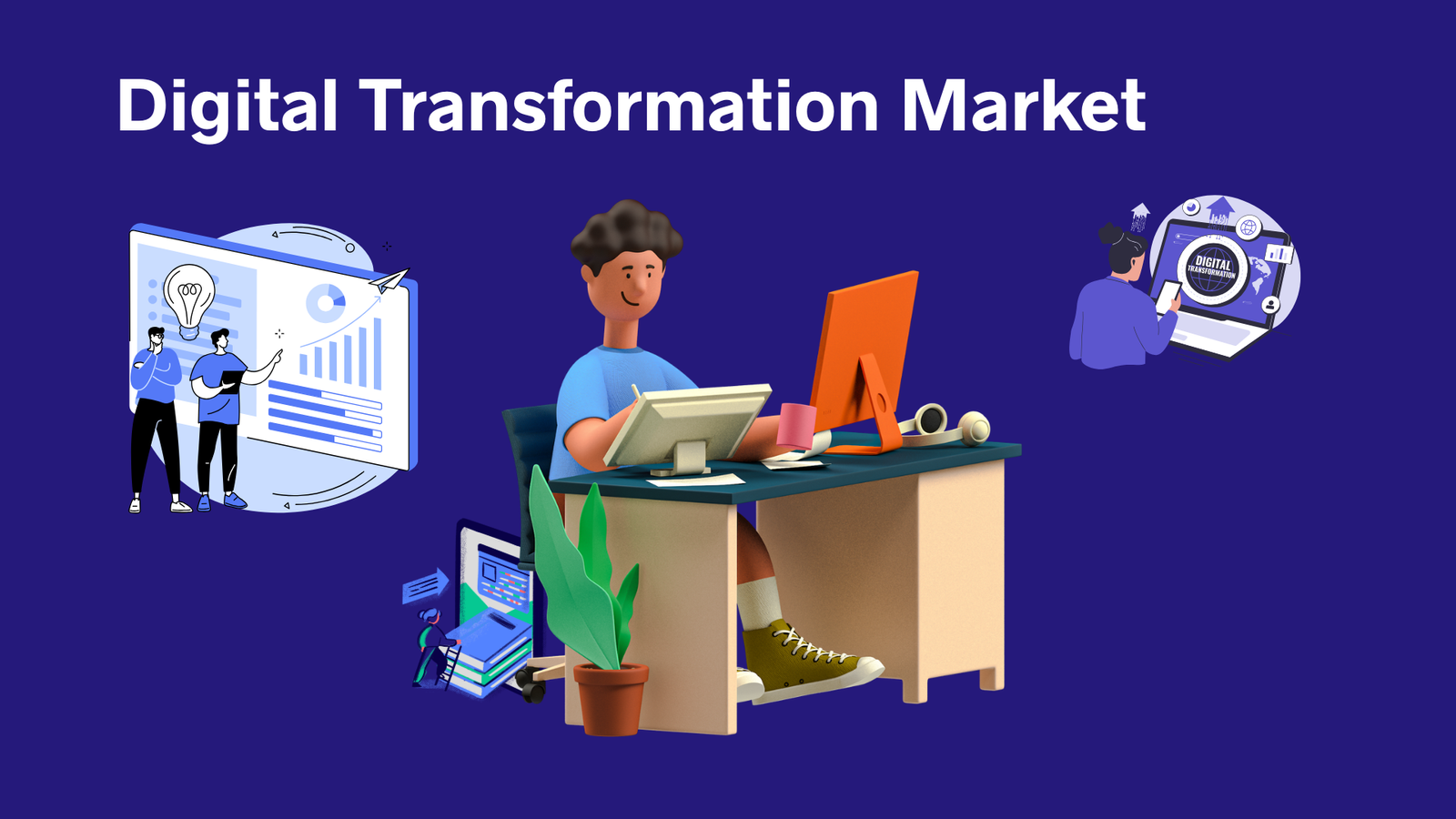Instant Payments Market to Grow at 28.4% CAGR Through 2033
Updated · Sep 02, 2025

WHAT WE HAVE ON THIS PAGE
Introduction
The Global Instant Payments Market is expanding rapidly, rising from USD 23.6 Billion in 2023 to nearly USD 287.4 Billion by 2033, advancing at a CAGR of 28.4% from 2024 to 2033. This momentum reflects the growing demand for real-time financial transactions that enhance liquidity, reduce friction, and support the digitalization of commerce worldwide.
The Instant Payments Market refers to the financial services sector focused on enabling real-time transfer of funds between parties. These payments happen within seconds, around the clock, allowing individuals, businesses, and governments to complete transactions without delay from traditional banking hours. The market encompasses payment gateways, banks, fintech firms, and technology providers who build and operate the systems that process these instant transactions. The shift to instant payments reflects growing consumer and business demand for speed and convenience in the digital economy.
The top driving factors for the Instant Payments Market include increasing demand for faster, convenient payment options, widespread smartphone penetration, growth in e-commerce, and supportive government initiatives promoting digital financial inclusion. Technological improvements like cloud-based infrastructure and mobile banking apps have also fueled market expansion. The COVID-19 pandemic accelerated adoption as people and businesses moved away from cash to contactless, real-time digital payments. This demand for near-instant fund availability is reshaping payment methods worldwide.

In the United States, payment behavior is shifting notably, with 42% of retail firms planning to reduce their reliance on checks and 54% increasing the use of real-time payment systems. This transition is driven by the benefits of faster cash flow management and the ability to reinvest received funds quickly, which in turn supports more efficient supply chain operations.
For small and medium-sized enterprises, instant payments deliver even greater value. With 64% of SMEs experiencing delayed payments and waiting an average of 43 days for funds, real-time transactions offer a critical solution. The 24/7 availability of instant payments can drastically reduce delays, improving liquidity, strengthening financial stability, and enabling SMEs to focus more on growth and operational efficiency.
Demand for instant payments is increasing due to the need for efficient cash flow management by businesses and seamless consumer experiences. Consumer expectations for immediate transactions in retail and online shopping drive the Person-to-Business (P2B) segment that commands a majority share. Businesses benefit from reduced payment delays, which improves operational efficiency and revenue certainty. The rise of mobile wallets and integration with other financial services like lending or peer-to-peer transfers further expand use cases, encouraging more users to adopt instant payments.
Key Takeaways
- The Instant Payments Market was valued at USD 23.6 Billion in 2023 and is projected to reach USD 287.4 Billion by 2033, growing at a strong 28.4% CAGR.
- P2B payments led the market in 2023 with 65% share, supported by the rise in e-commerce transactions.
- The Solutions segment dominated with 76.5% share, reflecting demand for complete and secure payment platforms.
- Asia Pacific was the leading region in 2023, holding 43.5% share, driven by rapid digital payment adoption.
Analysts’ Viewpoint
Technologies increasing adoption in this market are mobile and digital wallet platforms, artificial intelligence, machine learning, Internet of Things (IoT), and blockchain. AI and machine learning automate transaction processing and enhance fraud detection. IoT enables contactless payments and faster checkout experiences. Blockchain offers secure, transparent transaction frameworks. Mobile wallets like Apple Pay and Google Pay simplify access to instant payment services by storing credentials and enabling quick payments through smartphones.
Investment opportunities in the Instant Payments Market arise from continuous technological innovation, growing consumer adoption, and expanding use cases across industries. Investments in secure, scalable payment infrastructure, AI-driven fraud prevention, and API integration for open banking contribute to market growth. Emerging markets offer growth potential due to rising smartphone penetration and digital financial inclusion efforts supported by governments. There is also space for novel services built on instant payments like real-time lending or pay-as-you-go insurance.
Business benefits from instant payments include real-time cash flow optimization, higher transaction limits suited for business needs, lower processing costs, improved operational efficiency, and better liquidity management. Businesses gain certainty with immediate payment confirmation and can hold funds longer, optimizing working capital. Instant payments support straight-through processing by carrying detailed payment instructions, which reduces manual reconciliation efforts and enhances accuracy. They also help reduce fraud risk through credit-push payment frameworks and real-time fraud analytics.
Driver Analysis
Increasing Demand for Speed and Convenience
The growing need for faster and seamless payment methods is a key driver fueling the expansion of the instant payments market. Consumers and businesses alike expect funds to be transferred and accessible almost immediately, driving widespread adoption of instant payment platforms. This shift is supported by the increasing penetration of smartphones and high-speed internet, enabling quick, contactless transactions anytime and anywhere.
Governments promoting digital financial inclusion and investments in advanced payment infrastructure also enhance market growth. The preference for real-time financial solutions is becoming more prevalent as digital commerce and mobile banking continue to rise, creating a strong momentum for instant payments globally.
This demand for speed and convenience responds directly to changes in consumer behavior, especially post-pandemic when cashless, contactless transactions became essential. Instant payments reduce waiting time and streamline the cash flow management for individuals and businesses, improving operational efficiency and user experience. These factors collectively drive continuous growth in instant payment adoption, making it a vital part of the modern financial ecosystem.
Restraint Analysis
High Infrastructure Costs and Security Concerns
One major restraint impacting the instant payments market is the significant cost associated with developing and maintaining the necessary technological infrastructure. Financial institutions, especially smaller banks and entities, face challenges in affording these investments, which limits their ability to adopt such platforms quickly. Besides the upfront costs, the ongoing maintenance and upgrading of systems to handle real-time transactions add financial pressure. These expenses can slow the pace of full market penetration and restrain growth.
Security risks also pose a critical challenge. The speed of instant payments reduces the window to detect fraudulent activities or errors before funds are transferred. This vulnerability makes financial institutions cautious in rolling out instant payment services without robust fraud prevention and cybersecurity measures. Regulatory compliance related to anti-money laundering and customer verification adds further complexity and cost to the deployment of instant payments, creating significant obstacles for wider adoption.
Opportunity Analysis
Expanding Financial Inclusion and Cross-Border Payments
Instant payments present a substantial opportunity to improve financial inclusion by providing quick and affordable access to financial services, especially in developing economies where banking infrastructure is still growing. Instant payment platforms can serve unbanked and underbanked populations by enabling easy peer-to-peer transactions and access to digital financial products. This inclusion supports economic growth and brings more people into the formal banking system.
Another significant opportunity lies in enhancing cross-border payments. Traditional international transfers are often slow and expensive, but instant payment solutions can dramatically reduce settlement times and fees. This improvement facilitates global trade and business expansion by simplifying payments across countries. Collaborations between fintech firms and traditional financial players further drive innovation and scalability in this space, helping to capture new market segments and broaden the usage of instant payments.
Challenge Analysis
Technical Integration and Consumer Trust
A fundamental challenge in the instant payments market is the technical complexity involved in integrating new instant payment solutions with existing financial systems. This requires significant upgrades and coordination among banks, fintech providers, and payment networks, which can be costly and time-consuming. The need for robust IT infrastructure that can reliably process high volumes of transactions 24/7 adds to the challenge.
Consumer trust is equally important but difficult to establish. Users often hesitate to adopt instant payments due to concerns about security, privacy, and fraud risks associated with instant fund transfers. If consumers do not feel confident in the safety of these systems, the growth of instant payments will be impeded. Additionally, maintaining scalability while safeguarding against fraud in real time requires continuous innovation and investment in security technologies, making trust and technical integration ongoing challenges for the market.
Key Market Segments
By Payment Type
- P2B (Person-to-Business)
- B2B (Business-to-Business)
- P2P (Person-to-Person)
- Others
By Component
- Solutions
- Payment Gateway
- Payment Processing
- Security & Fraud Management
- Services
By Deployment
- Cloud
- On-premise
By Enterprise Size
- Large Enterprises
- Small & Medium Enterprises
By End-Use Industry
- Retail & E-commerce
- BFSI
- IT & Telecom
- Travel & Tourism
- Government
- Healthcare
- Energy & Utilities
- Others
Top Key Players in the Market
- ACI Worldwide, Inc.
- Fidelity National Information Services, Inc. (FIS Inc.)
- Finastra
- Fiserv, Inc.
- Mastercard, Inc.
- Montran Corp.
- PayPal Holdings, Inc.
- Temenos AG
- Visa Inc.
- Volante Technologies Inc.
- Wirecard AG
- Other Key Players
Source of Information – https://market.us/report/instant-payments-market/
Sources

Barry loves technology and enjoys researching different tech topics in detail. He collects important statistics and facts to help others. Barry is especially interested in understanding software and writing content that shows its benefits. In his free time, he likes to try out new healthy recipes, practice yoga, meditate, or take nature walks with his child.









